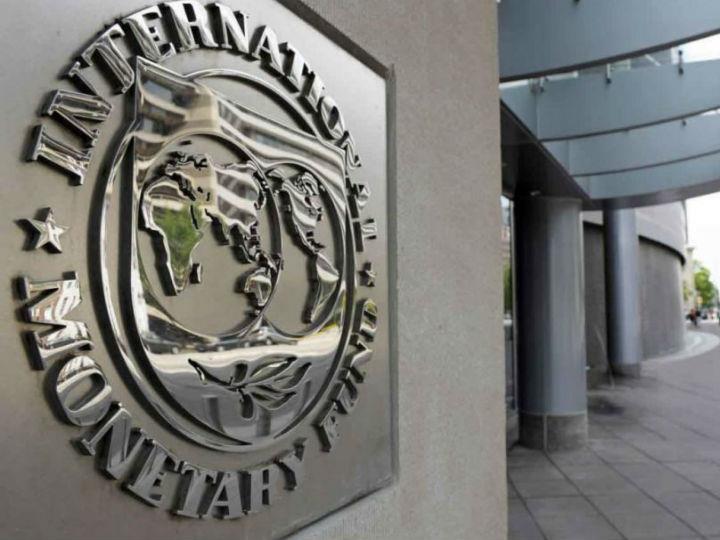by Barry Herman*
In certain circumstances, common morality says that creditors should not force their borrowers to pay interest and principal fully and on time. The COVID 19 pandemic and the global economic collapse it has caused are just such circumstances, for both persons and governments.
For the poorest countries harmed by the crisis (e.g., Guinea, Haiti, Nepal), the International Monetary Fund (IMF) has developed a mechanism to free governments from debt servicing payments to the IMF.
The principle is right, but the country coverage is far too limited — and the period of relief too short.
The IMF is currently trying to mobilize funds from donor governments to extend its debt relief program (Britain, Japan, the Netherlands and China have already contributed) although they themselves have huge crisis-related domestic spending needs.
However, donor governments do not have to fund poor country debt relief from their fiscal budgets. There is another resource available.
They can tap long-unused reserve assets available at the Fund called “special drawing rights” (SDRs). Not only can SDRs fund relief from debt owed to the IMF, they can also fund relief from debt due to the World Bank and the major regional development banks. Here is how it could be done:
Fund facility
In 2015, in the wake of the Ebola crisis, the IMF created the Catastrophe Containment and Relief Trust (CCRT). The CCRT is designed to pay the interest and principal due on debt owed to the IMF by low-income and vulnerable countries hit by catastrophes, freeing up government resources for more urgent uses.
To receive the benefit, a government requests assistance from the IMF Executive Board. If the Board approves, the CCRT pays the Fund on behalf of the indebted government.
Interest and principal payments continue to be made, just not by the debtor country. Moreover, unpaid debt servicing is not postponed and added to debt-servicing payments due in the future. It is cancelled.
Using SDRs to fund IMF special programs for low-income countries was suggested by U.S. Treasury Secretary Steven Mnuchin in April. The important point is that SDRs have real value, mostly unused by the richest countries who have most of them.
When governments use SDRs, it is usually to cover shortfalls in external payments due. However, they must first exchange the SDRs for dollars or euros or another freely usable currency. Countries with large reserves simply draw on their foreign exchange holdings.
The countries that the IMF classifies as “advanced” held 126 billion SDRs in their reserves at the end of 2019, valued at about $177 billion. SDRs could be tapped for the pending enlargement of the CCRT to $1.4 billion to provide two years of relief instead of six months, as currently.
The CCRT could well be further expanded to fund comparable relief for middle-income countries hit by the pandemic, such as Ecuador and Pakistan, or hurt by other disasters, natural or otherwise.
The World Bank too?
The World Bank and regional development banks have no facility comparable to the CCRT, but nothing prevents their governing bodies from creating them.
Moreover, they are all “prescribed holders” of SDRs, meaning that governments can transfer SDRs to them.
Unlike the IMF, development banks need to exchange the SDRs deposited in their trust funds into the currencies of their loans. This would be straightforward as the trust would sell SDRs to the country whose currency it needed, e.g., to the U.S. Treasury’s Exchange Stabilization Fund.
Then, each development bank would pursue its policies on which countries to help — and to what extent.
On May 28, World Bank President David Malpass, reacting to debt-relief proposals from the Group of 20, expressed his fear that any change to normal debt servicing would negatively impact the Bank’s standing in financial markets, where it issues bonds that finance its loans to middle-income countries.
But if the World Bank emulated the IMF’s CCRT, it would ensure uninterrupted debt servicing while providing relief to countries in crisis. Investors in the Bank’s bonds would appreciate that distinction.
Time to act
It is not clear why these proposals have not already been taken up. Perhaps the problem is that SDRs are thought about — if they are thought about at all — by monetary authorities rather than by development cooperation ministries. Or perhaps it is inertia.
Many governments and the IMF Managing Director support a global increase in SDRs, which is fully warranted, but will take time.
A substantial increase in multilateral relief can be organized now, with existing SDRs. It is not a lot of money, but the relief it would provide and the distress it would offset is incalculable.
The G20 finance ministers meet next on July 18. It is time for them to act.
*visiting senior fellow in the Graduate Program in International Affairs at The New School in New York City
**first published in: www.theglobalist.com




 By: N. Peter Kramer
By: N. Peter Kramer
